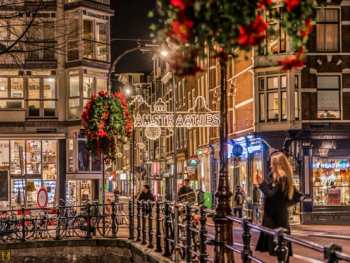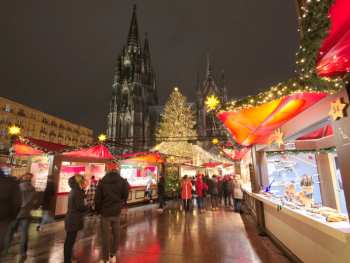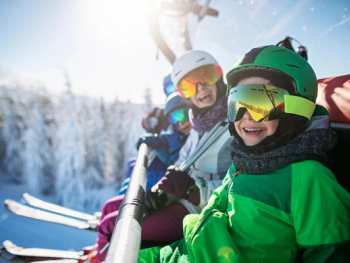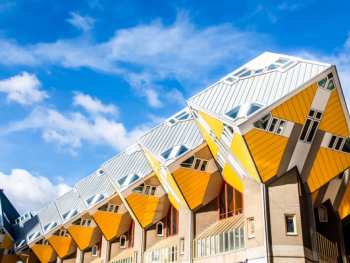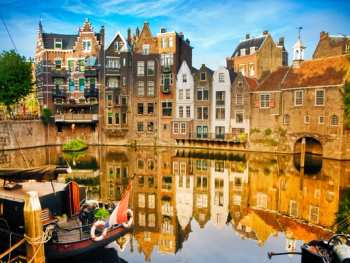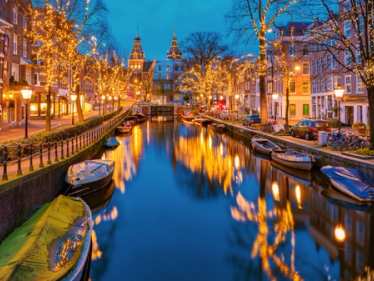
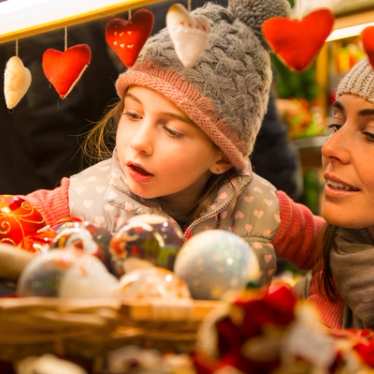
Christmas markets in Europe
Discover festive markets in Brussels, Lille, Strasbourg, Cologne and more.
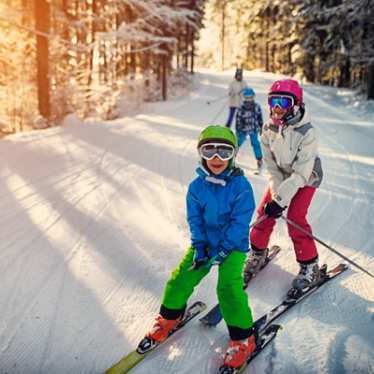
The Alps await
Are you ready to race down those runs? Make your way to your skiing holiday with Eurostar Snow or a connecting train journey.
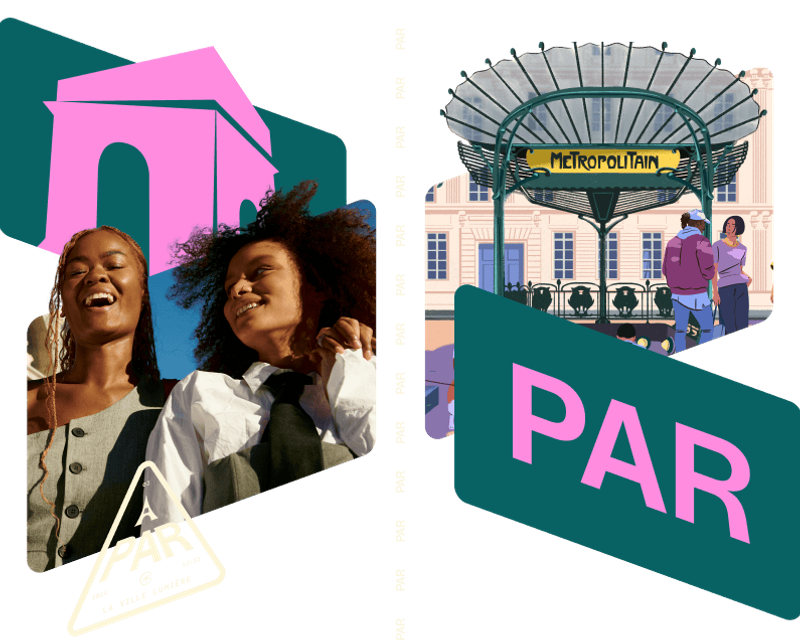

Get up to 50% off your train ticket**
If you can be flexible with your travel times, Eurostar Snap is for you. Book a late deal to Paris, Brussels, Amsterdam, or Lille and grab a bargain train ticket.
Ideas for your next trip

Eurostar route map
Where does Eurostar go? Discover all our routes between the UK, France, Belgium, the Netherlands, and Germany.
Find out moreReady to travel
Get more from Eurostar

Accessible travel
If you need extra assistance when travelling with us, help is available



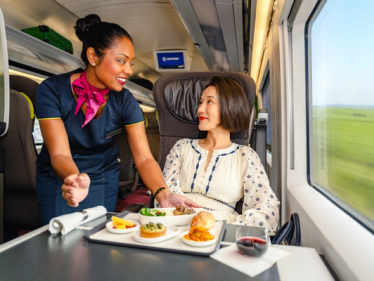
Explore our travel classes
Travelling for work, a special birthday, or heading on a budget break? We’ve got a travel class for everyone.
Find out moreReasons to travel with Eurostar

Make the most of your time on board
Relax and recharge in comfortable seats while enjoying food and drink from the Eurostar Café.

Eurostar for Business
Join our dedicated business portal and enjoy exclusive benefits and partnerships.

Make the most of your travel time
Turn our lounges into a high-speed office or unwind after a hard day’s work.

Train + Hotel packages
Plan your trip from route to room with a Train + Hotel package. Save time, money and hassle by booking everything in one place.
Book package*Tickets from £39
See our lowest fare finder for tickets from £39 per person one way based on a mandatory return trip in Standard from London St Pancras International to Brussels-Midi/Zuid, Paris, Amsterdam, Rotterdam or Lille, for travel between 06/01/2026 to 31/03/2026. Subject to availability. Availability varies according to dates and times. Blackout dates may apply. The earlier you book, the more availability. Correct as at 03/12/2025.
**Get up to 50% discount off the public price of a Standard ticket 7 days before departure.







